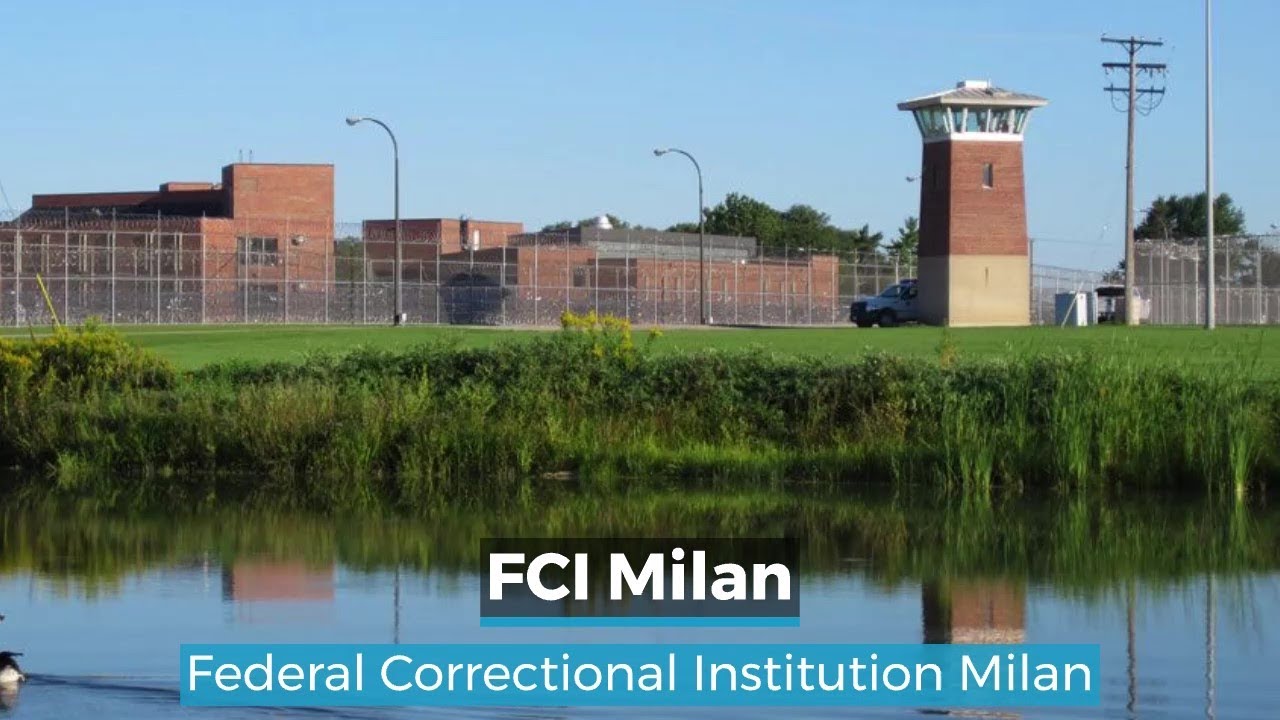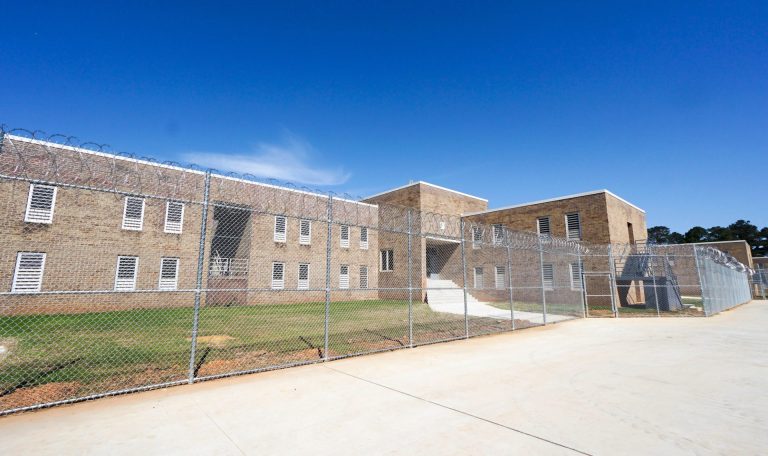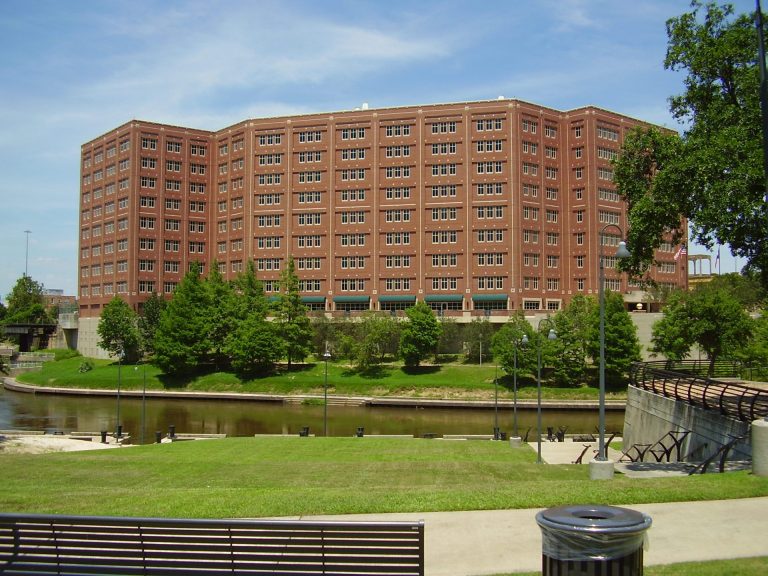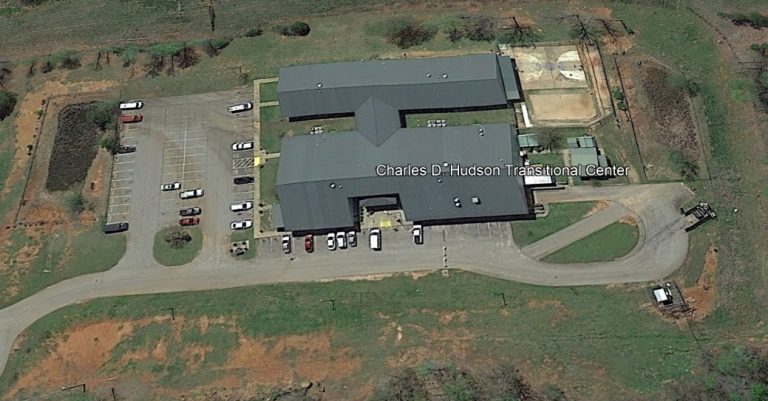Milan State Prison
Milan State Prison, located in the heart of Milan, is a correctional facility with a rich historical background and a significant impact on the local community. This article provides an in-depth look at Milan State Prison, highlighting its facilities, inmate population, security measures, rehabilitation programs, challenges, positive initiatives, impact on society, and future developments.
Introduction
Milan State Prison has served as a key correctional institution in the region for over a century. Initially established in 1892, it has evolved into a modern facility dedicated to the incarceration, rehabilitation, and reintegration of offenders.
Facilities and Infrastructure
The architecture of Milan State Prison is both imposing and functional. The facility comprises several cell blocks, administrative buildings, and recreational areas. The design incorporates high walls and advanced security systems to ensure the safety of staff, inmates, and the surrounding community. Inside the prison, various types of cells accommodate different categories of inmates, ranging from maximum-security to minimum-security offenders.
Inmate Population
Milan State Prison houses a diverse inmate population. As of the latest statistics, the facility currently holds approximately 1,500 inmates. The prison has a classification system in place to determine the appropriate housing and program assignments for each individual. The inmate population includes both male and female offenders, with the majority being between the ages of 25 and 45.
Security Measures
Maintaining a secure environment is of utmost importance at Milan State Prison. The facility implements stringent security protocols to prevent escape attempts and maintain order within the prison. These measures include constant surveillance through a network of cameras, regular cell inspections, and a highly trained staff dedicated to maintaining discipline and safety.
Rehabilitation Programs
Milan State Prison recognizes the significance of rehabilitation in reducing recidivism rates. The facility offers a range of educational and vocational programs designed to equip inmates with skills that enhance their prospects for successful reintegration into society. Inmates have access to literacy classes, vocational training workshops, and counseling services aimed at addressing underlying issues that contributed to their criminal behavior.
Challenges and Controversies
Like many correctional institutions, Milan State Prison faces challenges and controversies. One notable issue is overcrowding, which strains resources and limits the effectiveness of rehabilitation programs. Additionally, the prison has faced legal challenges related to inmate rights and allegations of mistreatment. Efforts are underway to address these concerns and improve conditions within the facility.
Positive Initiatives
Despite the challenges, Milan State Prison has witnessed numerous positive initiatives that have had a transformative impact on inmates’ lives. The facility showcases success stories of individuals who have turned their lives around through education and vocational training. Moreover, the prison actively engages with the local community, offering programs that foster understanding, empathy, and support for offenders during and after their incarceration.
Impact on Society
Milan State Prison plays a significant role in the local community. The facility provides employment opportunities for a range of professionals, including correctional officers, educators, and healthcare staff. Moreover, the prison contributes to the local economy through contracts with local businesses for various goods and services. Additionally, Milan State Prison collaborates with community organizations to facilitate the reintegration of inmates, reducing the chances of reoffending and enhancing public safety.
Future Developments
To address the challenges faced by Milan State Prison and improve its effectiveness, several future developments are planned. These include expansions to alleviate overcrowding, renovations to enhance facilities, and the implementation of innovative approaches to inmate rehabilitation. Efforts are also underway to establish partnerships with private enterprises to provide employment opportunities for released inmates.
Conclusion
Milan State Prison stands as a complex institution that strives to balance punishment, rehabilitation, and community safety. Through its facilities, inmate population, security measures, rehabilitation programs, and community initiatives, the prison seeks to create an environment conducive to positive change. As the facility continues to evolve, it aims to provide better support for inmates, reduce recidivism rates, and foster a safer society.
FAQs
- What crimes are the inmates in Milan State Prison convicted of? Inmates in Milan State Prison have been convicted of a wide range of crimes, including but not limited to murder, robbery, drug offenses, and white-collar crimes.
- Are visitors allowed at Milan State Prison? Yes, visitors are allowed at Milan State Prison. However, there are strict visitation guidelines in place to ensure the safety and security of both visitors and inmates.
- How is security maintained within the prison? Security within Milan State Prison is maintained through a combination of physical barriers, surveillance systems, and a highly trained staff of correctional officers. Regular inspections and protocols are in place to prevent contraband from entering the facility.
- Are inmates given opportunities for parole? Yes, inmates at Milan State Prison may be eligible for parole based on their individual circumstances, behavior, and adherence to rehabilitation programs. The parole decision is made by a designated parole board.
- Can inmates pursue higher education while in prison? Milan State Prison provides educational opportunities for inmates, including the possibility of pursuing higher education. Inmates can enroll in college courses offered within the facility or participate in distance learning programs, depending on their eligibility and availability.







